ELVES helping understand the Hikurangi subduction zone
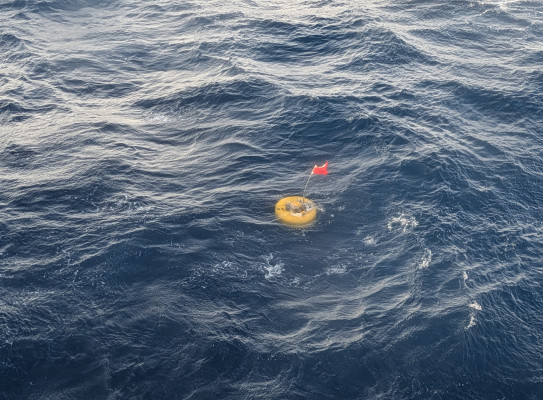
An international team of scientists has recently returned from a 6-day voyage to retrieve ocean bottom seismic sensors that have been recording data for a year under the project ‘Earthquakes and Locking investigation of Subduction’ (aka ELVES).
The ELVES project aims to better understand the behaviour of the Hikurangi subduction zone beneath the lower North Island. It is a collaboration between GNS Science, Te Herenga Waka—Victoria University of Wellington, the University of Ottawa, and Dalhousie University (Canada), funded by the New Zealand Natural Hazards Commission (NHC) Toka Tū Ake and the Canadian Foundation for Innovation.
In 2023 scientists and students from New Zealand and Canada, onboard the NIWA research vessel Tangaroa, deployed an offshore network of 20 ocean bottom seismometers (OBS). The goal was to detect earthquakes that are either too small or too far offshore to be recorded by the GeoNet network onshore, and to use the data to get a better understanding of earthquake and tsunami risk from our largest and most active fault, the Hikurangi subduction zone.
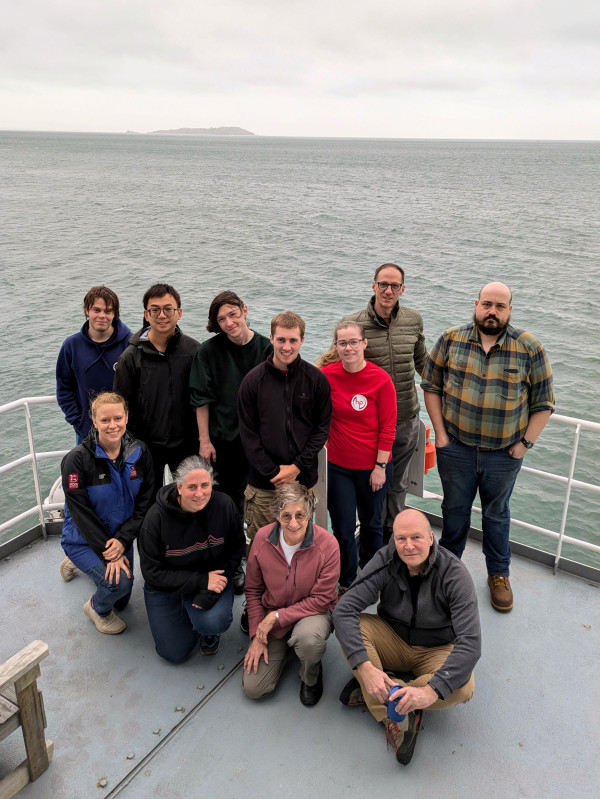
The instruments were placed on either side of the Hikurangi subduction zone, which is where the Pacific plate dives underneath the Australian plate, about 100km off the Wairarapa Coast.
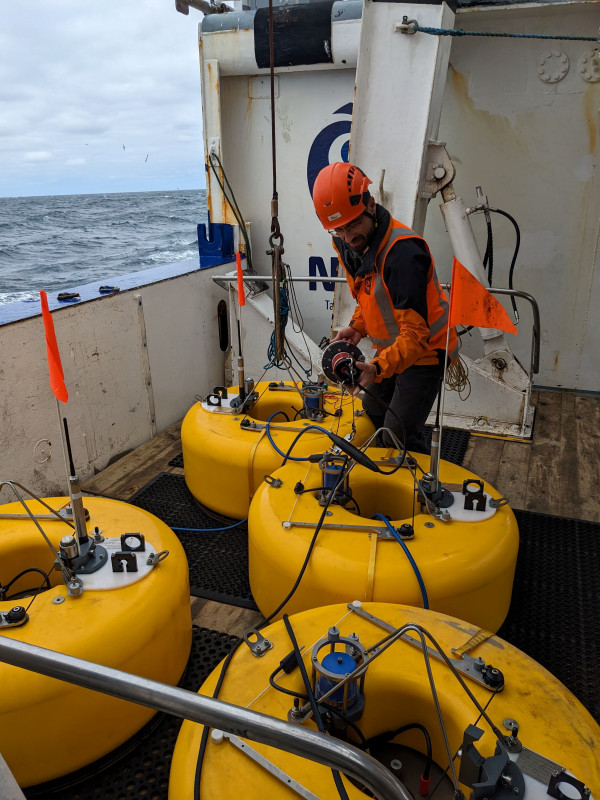
This location was chosen as the two plates here are ‘locked’ or ‘stuck’, accumulating stress to be released in a very large earthquake, posing a significant source of seismic and tsunami hazard for the lower North Island and Wellington.
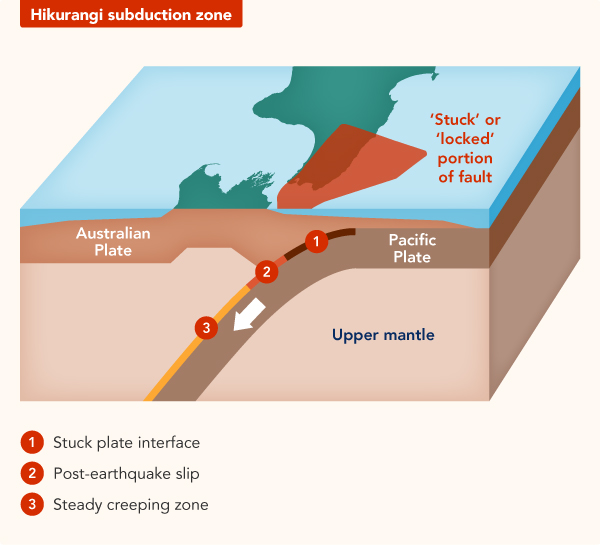
“Over the past year these ocean bottom seismometers have been sitting on the sea floor listening for any small earthquake signals that the subduction zone is producing,” said Emily Warren-Smith, GNS seismologist and voyage leader.
“These small earthquakes happen more frequently than the large, destructive earthquakes, and therefore allow us to observe the fault’s behaviour more easily and understand how it might behave in the future,” she said.
Emily was joined on the recovery voyage by project leader Martha Savage, a professor of geophysics at Victoria University.
“Previous studies have investigated areas of the Hikurangi subduction zone where slow-slip events are occurring, relieving stress on the plate. This is the first study to look for earthquakes on the locked part of the fault", said Martha.
“As we analyse the data we’ve collected, we will be uncovering never-before recorded signals from this part of the fault. Working with our colleagues in Canada, who bring knowledge of their own subduction zone, we also hope to understand the structure of the subduction zone here and how it influences the types of earthquakes it produces,” said Martha.

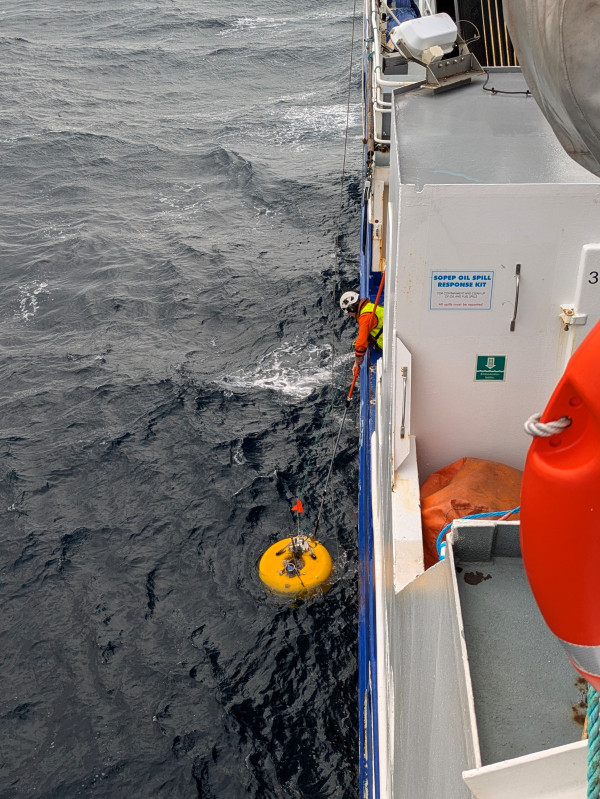
Data from the OBS will help researchers better understand the locked portion of the fault and what might happen if it came unstuck, says NHC’s Head of Research, Dr Natalie Balfour.
“The Hikurangi fault is one of the biggest sources of earthquake and tsunami risk in New Zealand. It’s really important that we invest in research like this that helps us understand and monitor how the fault behaves, so that we can better predict and prepare for the impact of future events.”
The NIWA operated research vessel Tangaroa is supported by the New Zealand Ministry of Business Innovation and Employment (MBIE) Strategic Science Investment Fund.